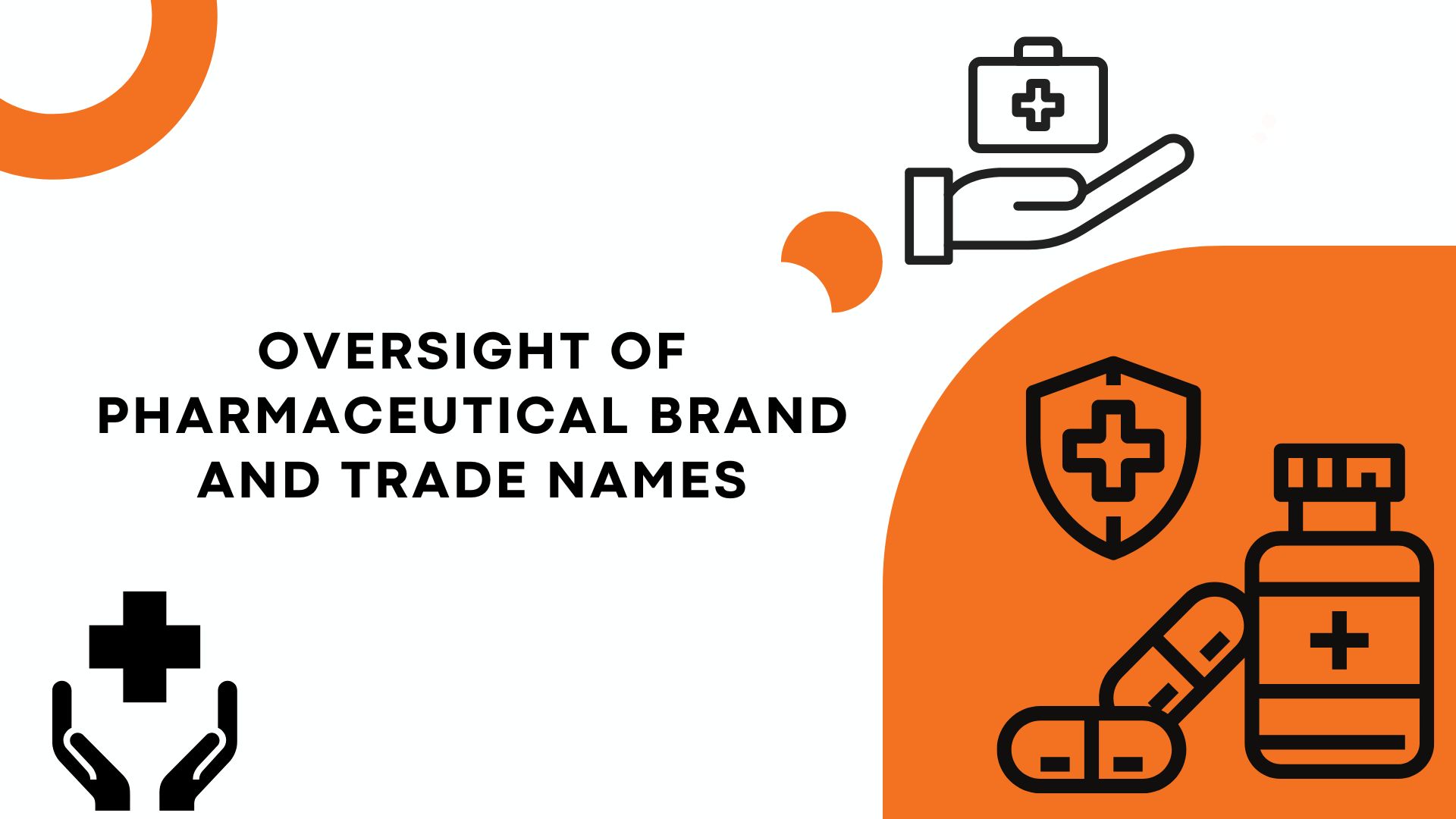The importance of clearly distinguishing medicinal products cannot be overstated, confusion between them can be life-threatening, not merely inconvenient. This principle was firmly established by the Supreme Court of India in the landmark decision of Cadila Health Care Limited vs. Cadila Pharmaceuticals Limited (2001). In this case, the court highlighted the pivotal role of careful branding in the pharmaceutical Industry. Despite the critical nature of this issue, India’s regulatory framework still lacks specific guidelines or rules governing the brand or trade names for pharmaceutical drugs. This regulatory vacuum allows some lesser-known entities or small-scale traders to mimic the trademarks of established drugs, even if their products do not share similar characteristics or efficacy, posing a significant risk to public health and safety.
The Dilemma Presented by Similar Drug Names
The absence of stringent regulatory guidance has led to a market environment where some entities engage in self-serving and malafide actions. They attempt to leverage the trademarks of established drugs, creating names for inferior or unrelated products that mimic those of reputable brands. This not only undermines the goodwill of established pharmaceutical companies but also poses serious health risks due to the potential confusion among consumers. Avoiding similarity in drug names is crucial as it reduces the risk of confusion, which can lead to serious health threats. The situation becomes even more complex due to resemblances in drug packaging or appearance, potentially leading consumers to confuse one product with another, thereby jeopardizing safety and fair market competition.
Legal Precedents and Existing Standards in the Industry
Traditionally, pharmaceutical trademarks undergo stricter scrutiny than those in other product categories due to their direct influence on consumer health. The Cadila case remains a primary precedent for determining the deceptive similarity of pharmaceutical trademarks. Building on this precedent, the Delhi High Court, in the case of Sun Pharma Laboratories Limited v BDR Pharmaceuticals International Pvt Ltd & Anr, ruled significantly on the phonetic, visual, and structural resemblance between drug trademarks “Labebet” and “Lulibet.” The court ruled that in adjudicating cases involving deceptive similarity of pharmaceutical trademarks, several critical considerations arise. Firstly, the comparison should comprehensively assess the marks, including their visual and phonetic aspects. Additionally, the consumer base must be considered, acknowledging the vulnerabilities associated with medicinal products.
Gaps in Regulation and Associated Risks
Despite the critical importance of distinguishing pharmaceutical products, neither the Trade Marks Act of 1999 nor the Drugs and Cosmetics Act of 1940, along with their accompanying Rules, provides a clear registration system specifically for pharmaceutical trademarks. This oversight means there is no effective mechanism to prevent the registration of fraudulent or deceptively similar names for medicinal products. The absence of such a regulatory framework heightens the risk of potentially life-threatening confusion concerning the identity and effectiveness of drugs in the market. In the case of Anafortan v. Amaforten illustrates the dangers of inadequate trademark regulation in the pharmaceutical industry. The court found that the trademarks were visually, phonetically, and deceptively similar, influenced significantly by the shared active ingredient in both drugs and the defendant’s use of packaging that closely resembled that of the plaintiff. This case underscores the need for a more robust regulatory framework that can address these issues proactively.
The Crucial Importance of Visual Packaging
In a country like India, where many patients may not be proficient in English, the visual representation of drug packaging plays a crucial role in product identification. Patients often rely heavily on the visual and phonetic aspects of trademarks to distinguish between medications. This reliance makes it imperative for regulations to consider the visual aspects of pharmaceutical packaging to mitigate potential confusion effectively.
Conclusion: The Need for Regulatory Reform within the Pharmaceutical Industry
To protect public health and promote consumer safety, it is imperative to regulate the use of similar or identical brand and trade names within the pharmaceutical industry more strictly. Introducing a specific provision within the Trade Marks Act of 1999 and its Rules of 2017, as well as the Drugs and Cosmetics Act of 1940 and its Rules of 1945, could significantly enhance public health safeguards. Such a mechanism would not only help address the risks associated with confusion between pharmaceutical products but also establish clear guidelines and criteria for evaluating the similarity of pharmaceutical trademarks.
These provisions/guidelines could outline factors such as visual and phonetic similarity, as well as considerations for the specific vulnerabilities of consumers in the pharmaceutical context. Additionally, introducing stricter penalties or enforcement mechanisms for trademark infringement in the pharmaceutical industry could help deter fraudulent practices and protect consumer safety. Another recommendation could be the implementation of mandatory registration or approval processes for pharmaceutical brand names to ensure they meet specific criteria for distinctiveness and do not pose a risk of confusion with existing products. Moreover, it is essential to establish a standardized evaluation criterion specifically tailored for assessing branding within the pharmaceutical industry, distinct from the conventional trademark assessment. This would provide clarity and consistency in legal proceedings related to trademark infringement cases and enable more effective enforcement of intellectual property rights and deterrence of fraudulent practices within the industry.




